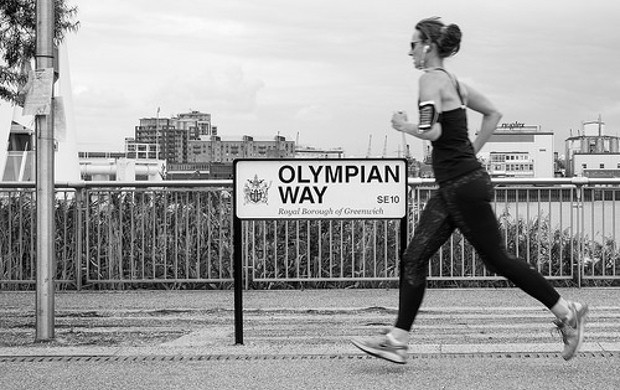There’s something special about a morning run through the city—quiet streets, cool air, and the feeling that you’re getting a head start on the day. But urban running comes with its own hazards: fast-moving traffic, uneven pavements, and reduced visibility before sunrise. Staying safe doesn’t mean sacrificing the thrill. With a few smart choices, you can enjoy every stride while keeping risk to a minimum.
Plan Your Route Beforehand
A little preparation can go a long way towards keeping your run safe. Choose well-lit, familiar streets and avoid deserted back alleys or areas under construction. If you’re exploring new routes, use a running app or map tool to check for closures or hazards first. Vary your path from time to time to keep things interesting, but always prioritise routes where you’ll encounter a steady flow of people, open shops, or transport stops—places that add a layer of security without slowing you down.
Make Yourself Visible
In the dim light of early morning, blending into the background is the last thing you want. Opt for reflective details or bright fluorescent colours that catch headlights and streetlamps. Clip-on LED lights for your arms, shoes, or rucksack can make a big difference. Even after sunrise, lighter colours improve visibility to drivers and cyclists. Running clothes for men and women with reflective panels or trims can catch light from multiple angles, making you easier to spot from a distance. Being seen isn’t just about style; it’s your first line of defence on busy streets.
Stay Alert and Minimise Distractions
Running through city streets requires more than just good kit—it demands awareness. If you like listening to music, keep the volume low or use bone-conduction headphones so you can still hear traffic and pedestrians. Always scan ahead for vehicles, cyclists, or people who might cross your path unexpectedly. Never assume a driver has seen you; make eye contact at crossings whenever possible. Watch for pavement hazards like loose slabs, litter, puddles, or uneven surfaces. Staying alert ensures that even in familiar areas, surprises don’t lead to injury.
Timing Matters
The timing of your run can significantly affect safety. Running just before sunrise gives you a head start on the day, but low light increases risks. Waiting until the first light or slightly later can improve visibility while still avoiding busy streets. In winter, consider daylight hours when planning your schedule to reduce the risk of slips and collisions. Avoid peak traffic times when impatient drivers dominate the roads. Small adjustments to timing can make the difference between a safe, enjoyable run and a stressful one.
Use Technology Wisely
Modern tools can add an extra layer of security. Share your live location with a friend or family member, so someone knows where you are during your run. Running apps often include emergency alert features, which can be activated quickly if you encounter trouble. Check local news or social media for unusual disruptions such as road closures or protests. Keep your phone fully charged and stored securely in a pocket or armband. Technology doesn’t replace awareness, but it enhances safety and peace of mind.
Trust Your Instincts
Sometimes the simplest safety measure is listening to your gut. If a street feels unsafe or deserted, alter your route or head to a busier area. Be cautious about stopping in narrow or isolated spots for breaks. Your intuition can alert you to hazards or situations that aren’t immediately obvious. Remember, planning and preparation are important, but trusting your instincts can prevent problems before they even begin.
Cool Down Safely
Even the safest run isn’t over until you finish properly. Choose a well-lit, open space for post-run stretches to avoid blocking narrow pavements or standing in cycle lanes. Rehydrate and take a moment to check for minor injuries, such as scrapes or ankle twists. Walking a short distance after your run also helps your muscles recover while keeping you visible to passing traffic. A safe cool-down is a small step that completes a smart morning routine.
Conclusion
City running offers a unique mix of excitement and exercise, but it comes with its own challenges. By planning your route, wearing reflective running clothes for men and women, staying alert, and trusting your instincts, you can significantly reduce risks. Small adjustments to timing, awareness, and tech use all add up to a safer, more enjoyable experience. With the right precautions, the city streets can become your personal running track—invigorating, energising, and above all, safe.








